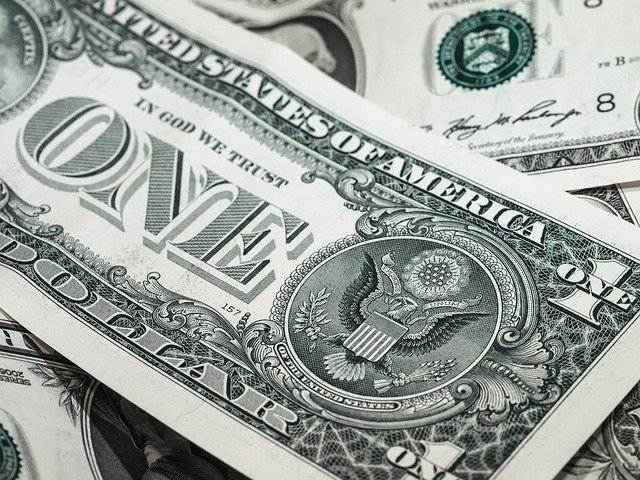Money has long been counterfeited. Sometimes to enrich certain individuals, and sometimes for the well-being of entire nations at the behest of kings and other rulers. We learn about counterfeiting from historical sources from ancient times and from all over the world.
Some examples of large-scale counterfeiting of coins:
–Let\’s start with Czech territory. After the end of World War I, the Czech Republic, along with Slovakia, gained independence from Austria-Hungary. Until a new currency was introduced, payments were made in Austro-Hungarian money. However, for this money to be valid, it had to bear the so-called okolkovány, in other words, the official “sticker” that made the Austro-Hungarian currency the currency of Czechoslovakia.And it was on these stamps that some people decided to counterfeit on a large scale. For example, one Mr. Janitz was arrested with over 5,000 counterfeit stamps, which he was able to convert into real money up to 255,000 kronor, which was a very large amount at the time.
–During the First Republic, Czechoslovak crowns also began to be counterfeited. Since the banknotes had virtually no security features, they were not difficult to counterfeit. It has been proven that during the short period of the First Republic, more than 80 workshops were established where counterfeit banknotes were printed. Thus, irregular currency equivalent to 35.5 million Czechoslovakian koruna was created.
–The famous Napoleon, however, had far greater intentions than to enrich himself. When he occupied Vienna during his stay in Europe, he copied the printed version of the Austrian currency and had hundreds of counterfeit bills made in Paris.
–During World War II, the Germans counterfeited the British pound. This currency remains the most counterfeited currency in the world to this day. However, Nazi Germany counterfeited it in order to cause artificial inflation in the UK. But they did not just counterfeit this currency. In the so-called Bernhardt operation countless counterfeits were made.
.